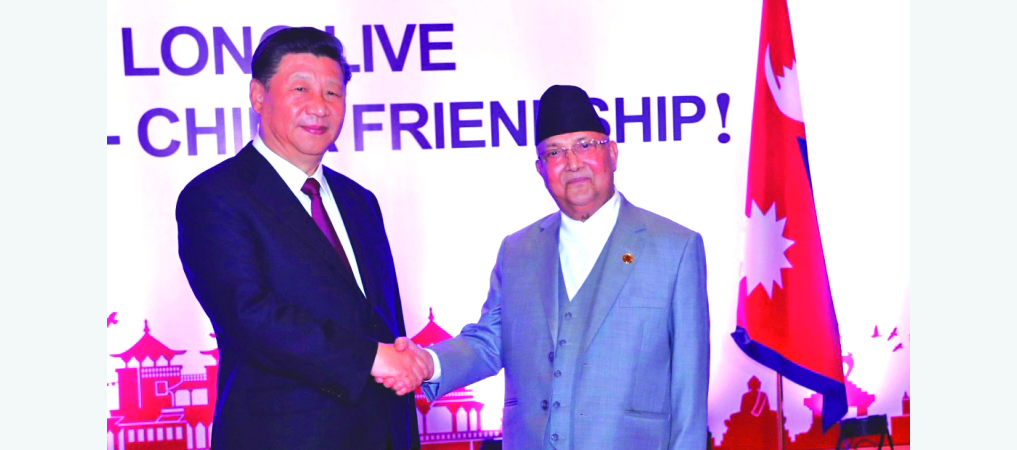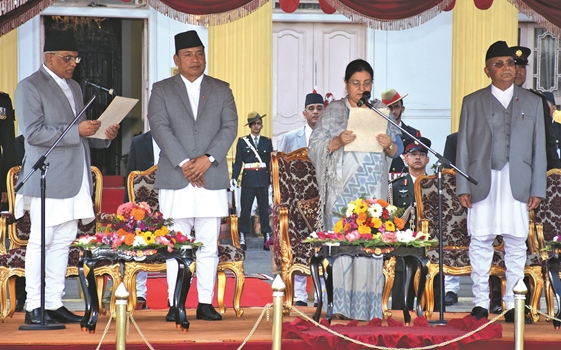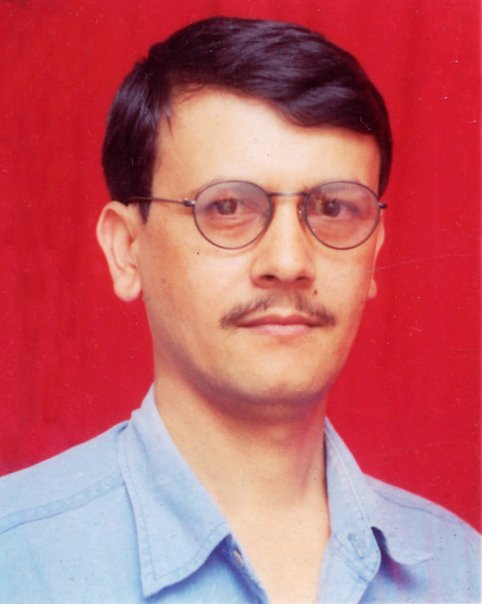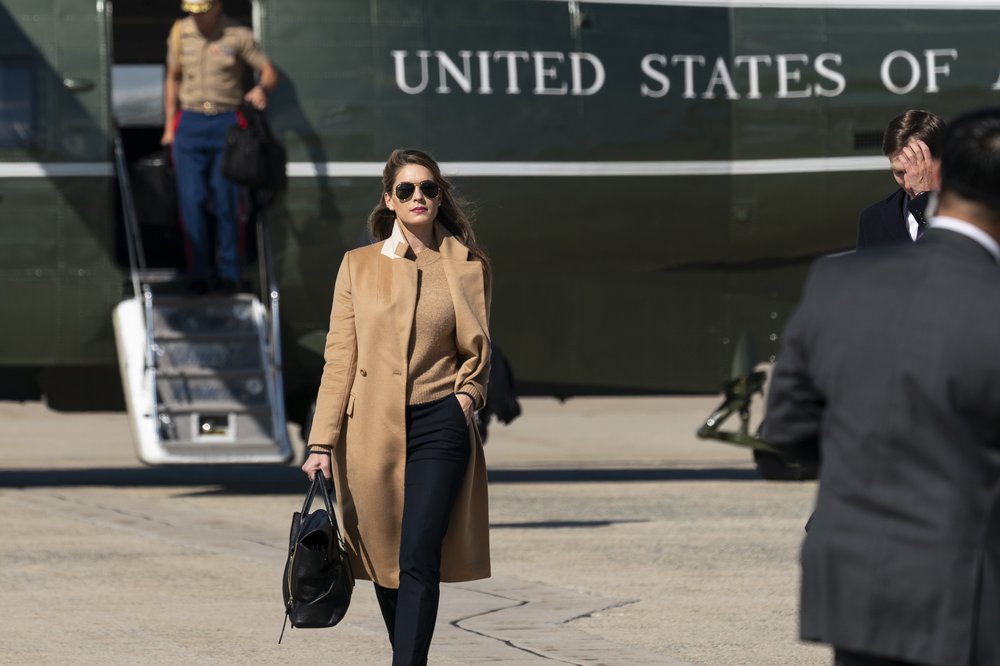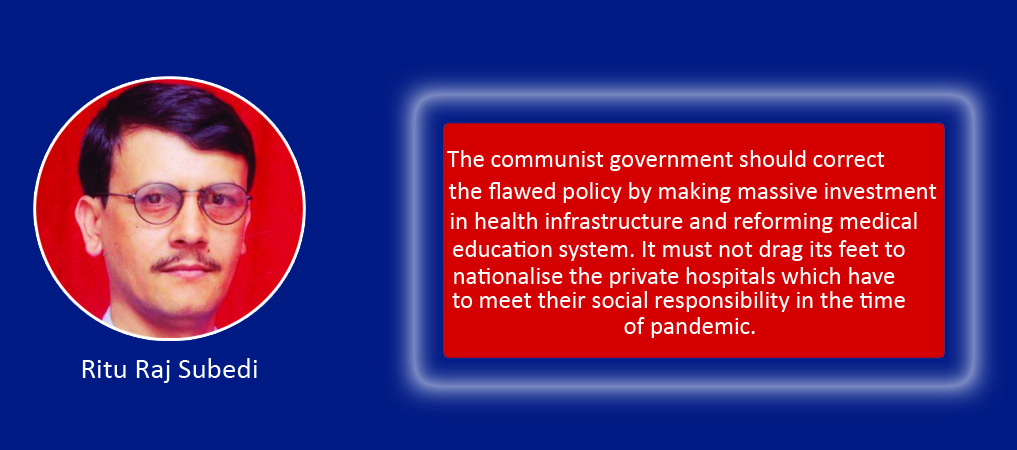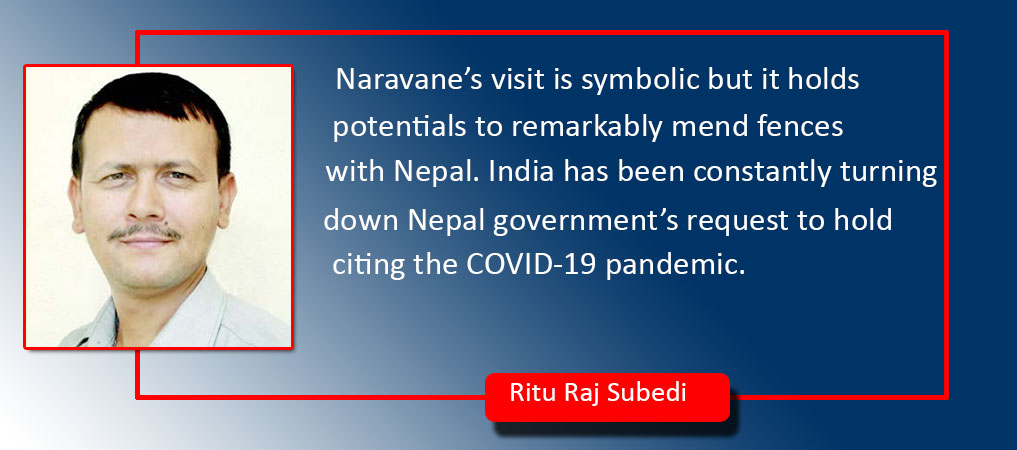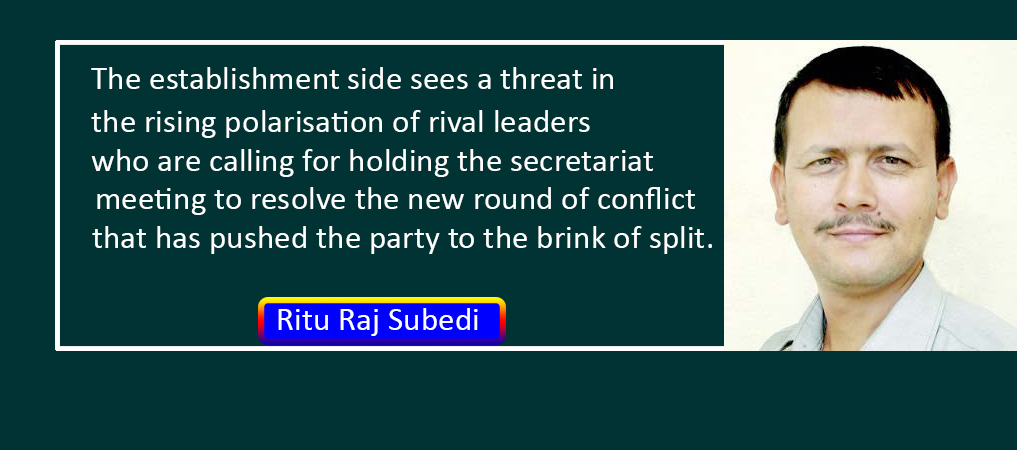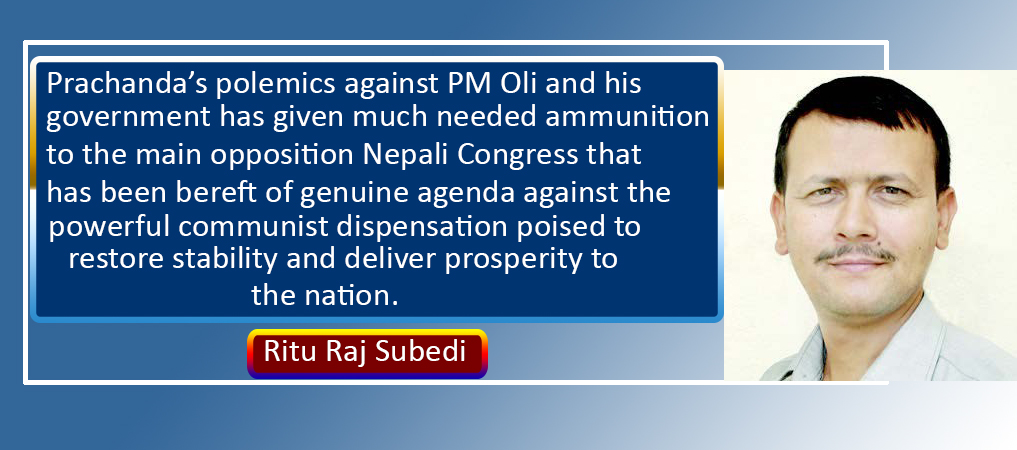Clearing Fallacies About PN Shah

Ritu Raj Subedi
Most nations have their founding fathers. The people look upon them with veneration for their far-sighted vision, courage and strategy that they had employed to unifying their nations territorially, politically and culturally. For instance, Sun Yat-sen of China, George Washington of the USA, Otto von Bismarck of Germany, Giuseppe Garibaldi of Italy and Peter the Great of Russia have been revered as founding fathers and the sources of inspiration for their people generation after generation.
In a similar vein, Prithvi Narayan (PN) Shah is the architect of Nepal, who unified over 50 scattered principalities into a nation-state. As a king of tiny state of Gorkha, he successfully accomplished the unification campaign at a difficult time when the British Empire began to swallow up Indian states one after another in the subcontinent while micro principalities were embroiled in internecine conflicts. He succeeded to prevent the East India Company from penetrating into the heart of Himalayas with his brilliant military strategy, astuteness, indigenous insight and people-centric approach.
There should be no dispute regarding the distinguished place of PN Shah in the modern history of Nepal but lack of understanding of Nepali history, geopolitical reality of unification time and fallacious Western propaganda have led some sections of people to denigrate the nation’s founder. A damaging misconception came into full play during the Maoist insurgency that did everything to undo his legacy. The very misconstruction largely emanates from parochial hypothesis that he represented a feudal class. This sort of misreading was even strong in towering political figures such as BP Koirala and Pushpa Lal Shrestha, who had spearheaded democratic and communist movements.
Their assessment of PN Shah was quite problematic and revealed their poor contextual awareness and objective conditions of states waiting for territorial integration. In his write-up ‘Nationality: Nepali Context,’ BP Koirala stated that the expansion of Gorkha state was not a national unification drive. He says: “The rulers of that time were neither inspired by Nepali national feelings, nor the expansion of Gorkha state, its mechanism, soldiers or officers of Gorkha battalion was nationalist. There was not a cordial behaviour with the conquered kings and provinces.” BP went on to argue that Gorkhali kings did not have the character of national leaders but that of a victor.
Pushpa Lal, in his book ‘Nepali People’s Movement: An Analysis’ has described PN Shah as a feudal lord and his unification campaign as the climax of establishing centralised feudal power, which he claimed began from Manadev I. He insisted that it took 45 years to determine the present border by ‘abolishing’ the borders of other states following the victory of Kathmandu Valley in 1769. In his Dibya Updesh, PN Shah says: “If the citizens are wealthy, the country is strong. The king's storehouse is his people.” Pushpa Lal has erroneously interpreted it stating that Royal family and their courtiers can fatten up by increasing the exploitation of people.
It becomes apparent that BP and Pushpa Lal had tried to see PN Shah and his unification campaign from politician’s lens of 20th century, not statesmanship approach, and forgot how the world looked like in the 18th century. It is BP’s myopia to conclude that the process of nation-building started after the 1816 Sugauli Treaty that forced Nepal to cede about one-third territory. The argument that PN Shah was not a leader of national character and that he acted like a conqueror contradicts the truth. PN Shah had embraced pluralism for nation-building with active defence, economic mercantilism, egalitarian social policy, cultural nationalism and balancing sort of geopolitics to bring about prosperity in the unified nation.
Unlike in the West where the victors ran riots, destroying the religion, culture and history of the routed states and usurping their wealth, PN Shah guaranteed protection to the people’s rights to their traditional practices, languages, cultures and religions in defeated states. Bhanu Bhakta Acharya’s Ramayan heralded renaissance in the field of Nepali language and culture, which served as the emotional glue and the soul of unified nation. Pushpa Lal talked about the ‘extermination’ of small principalities but how could the country be unified if all divided states were not brought into a single state? Gorkhali warriors did not behave as war lords as claimed by Pushpa Lal. They had shown patriotic zeal and fought tooth and nail against British imperialism. PN Shah himself spent most of his time in the battlefield like a common soldier and had close calls for several times.
His campaign was not expansionist as asserted by BP. It was a great unification drive aimed at uniting the people of common nationalities, culture, religions and languages into one whole, a robust Nepali state. It is perplexing that BP and Pushpa Lal refused to appreciate PN Shah for saving Nepal from falling into the clutches of foreign invaders. How could they pride themselves as iconic leaders of Nepal if PN Shah had not unified the country?
(Deputy Executive Editor of The Rising Nepal, Subedi writes regularly on politics, foreign affairs and other contemporary issues. subedirituraj@yahoo.com)
Recent News

Do not make expressions casting dout on election: EC
14 Apr, 2022
CM Bhatta says may New Year 2079 BS inspire positive thinking
14 Apr, 2022
Three new cases, 44 recoveries in 24 hours
14 Apr, 2022
689 climbers of 84 teams so far acquire permits for climbing various peaks this spring season
14 Apr, 2022
How the rising cost of living crisis is impacting Nepal
14 Apr, 2022
US military confirms an interstellar meteor collided with Earth
14 Apr, 2022
Valneva Covid vaccine approved for use in UK
14 Apr, 2022
Chair Prachanda highlights need of unity among Maoist, Communist forces
14 Apr, 2022
Ranbir Kapoor and Alia Bhatt: Bollywood toasts star couple on wedding
14 Apr, 2022
President Bhandari confers decorations (Photo Feature)
14 Apr, 2022



